This is a post about helping children to become better readers- I promise. Before we talk about reading, however, I’d like to share with you a story about the love-hate relationship that I have with my guitar. Yep, that’s right- my guitar.
Fifteen years ago I was a stay-at-home mom. My children were just old enough to entertain themselves for brief periods of time so I thought I’d do something new. That “something” would be learning to play the guitar. At the time was I attending our contemporary mass at church and a new friend was one of two guitar players. I asked Lori if she wouldn’t mind teaching me to play. She agreed, so off I went to purchase a guitar. Lori taught me a few chords and within a short time I was playing a “real church song”. The song was “Come to the Water”. If I was to correlate this song to a reading level, I’d say it’s on par with “Brown Bear, Brown Bear What Do You See” (1.4 reading level).
I practiced this song over and over and over again. Lori and I met about once a week to practice- we chatted and played. We had so much fun! One evening Lori called and asked if I would play with her at mass. Tom (the lead guitar player) wasn’t able to attend that evening and she didn’t want to be alone. I agreed and was then under pressure to add “Praise the Lord My Soul” and “Lead Me Lord” to my repertoire. These songs were a bit more difficult. I’ll equate them to “Frog and Toad” (2.4 reading level). I thought helping my friend that evening was a one-night-thing, but I still play at our 5:30 mass to this day.
Here’s something else you should know about my guitar playing. You may be thinking with 15 years of playing guitar, I’m pretty good. The honest truth is is that I’m not very good at all. Despite taking lessons for 2 years and playing weekly at mass, I stalled out somewhere at Junie B. Jones (about a 3.1 grade level). There really is no mystery as to why I’m not very good. I simply don’t practice. My guitar teacher was really cool. I really enjoyed the lessons, but I didn’t practice during the week. He was fine with that. Although I had the music for the upcoming mass, I rarely practiced. Tom and Lori were so good, that if I skipped a chord, it didn’t matter. Sometimes I even played chords that were “close enough”. Sound like any struggling readers you might know?
I’m hoping by this time, you can make the correlation between my learning to play the guitar and helping students become better readers. The bottom line is that, just like with learning to play an instrument, the only way to get better at something is to actually do it! So, how much time should you practice? Well, not sure if there’s been studies about playing guitar, but there have been studies looking at time spent reading and performance on achievement tests. Take a look at this:
You can download this chart by clicking the following link Why Reading Outside of School Is Important
It’s important to know that it’s not only about the time spent reading, it’s also about the quality of what is read. What if every day I only played “Come to the Water” and “Lead Me Lord”. I love those songs. I feel really good about myself as a musician when I play them, but will I actually improve? Probably not at a rate that’s acceptable. It’s not harmful. My fluency with the chords in those pieces would improve and it would help my muscle-memory, but is playing the songs I already know all I need to do to become a better player? To improve my guitar skills, I not only need to increase my practice time, but I need to systematically play songs that are more difficult. The songs can’t be too hard that I’m frustratrated and give up, and they can’t be too easy either. They need to be “just right”. Just challenging enough that I’m learning something new. In terms of reading, helping children choose “just right books” is critical. You can use the book leveling system (e.g. Acclereated Reader) or try this quick and easy way of teaching children if a book is a good fit:
You can download this poster by clicking the following link . Finding the Right Fit Book
It’s kind of tricky balancing the “just right” books for students. Again, they can’t be too difficult. Studies have shown that reading at 98 percent or higher accuracy is essential for reading acceleration. Anything less slows the rate of improvement, and anything below 90 percent doesn’t improve reading ability at all (Allington, 2012; Ehir, Dreyer, Flugman & Gross, 2007). It’s so, so very important that we find the right books for our struggling readers. It’s pretty clear that consistently having students read at their frustration level does little good. Maybe this handy little chart can help:
You can download this file by clicking the following link . Determining Reading Levels
We can’t have a discussion about about increasing time reading without talking about motivation. So, how do you motivate students read? More importantly, how do you motivate the struggling reader to read? Let’s digress to my guitar playing example. My all-time favorite Christmas song is “Child of the Poor”. When our choir sings this song–it’s beautiful. The melody is to “What Child is This” and the last verse we sing as a round. I really wanted to be able to play this song from beginning to end without skipping chords at Christmas mass. The song was a bit beyond my level (inching into the frustration level), but I practiced it diligently for weeks. That darn “B” chord gave me the most trouble, but with a lot of practice, I finally got it! It was a song that I was highly motivated to learn and I was willing to put in the time and practice to master it.
So, how do we motivate those struggling readers, here’s a few ideas:
- Find a hook. For my son, the “hook” happened in second grade with the “Michigan Chillers” series and then morphed to the “Warriors” series. That’s when he discovered the love of reading. Finding a series can be very addicting.
- Provide a variety of books for your child/students to choose from. If you are a classroom teacher, a rich classroom library will improve student achievement at a much faster rate than worksheets. If you are a parent, there have been numerous studies showing the direct correlation between the number of books available in the home and reading achievement. Need books? Frequent visits to the library may be in order.
- Set achievable goals with your child/students. This could be number of books read, time spent reading, improvement in reading levels… whatever you choose. Of course we want children to read for the pure love of reading, but sometimes we need to use some other forms of motivation until they discover this.
- Make reading a social affair. Remember my friend, Lori, who taught me to play guitar? Well, Lori sadly moved away. Playing the guitar wasn’t as fun anymore and it was shortly after she moved that my guitar practicing time took a dive. Try reading the same book as your child/student and have rich discussions!
- Set aside time. Turn off the t.v.! Take a peek at that chart outlining the amount of time students spend reading outside of school and their exposure to words. Did you know that if a child at the 30th percentile (one who reads a little less than 2 minutes a day) spent an extra 10 minutes a day reading a book, he/she would have added 700,000 words read during the school year. This surpasses the amount of words read by a student reading at the 70th percentile!
I’m reading this really great book on increasing the amount and complexity of student reading. It’s a pretty easy read with great ideas for increasing reading time within the classroom. Feel free to check it out! Be sure to let me know what you think in the comment section.
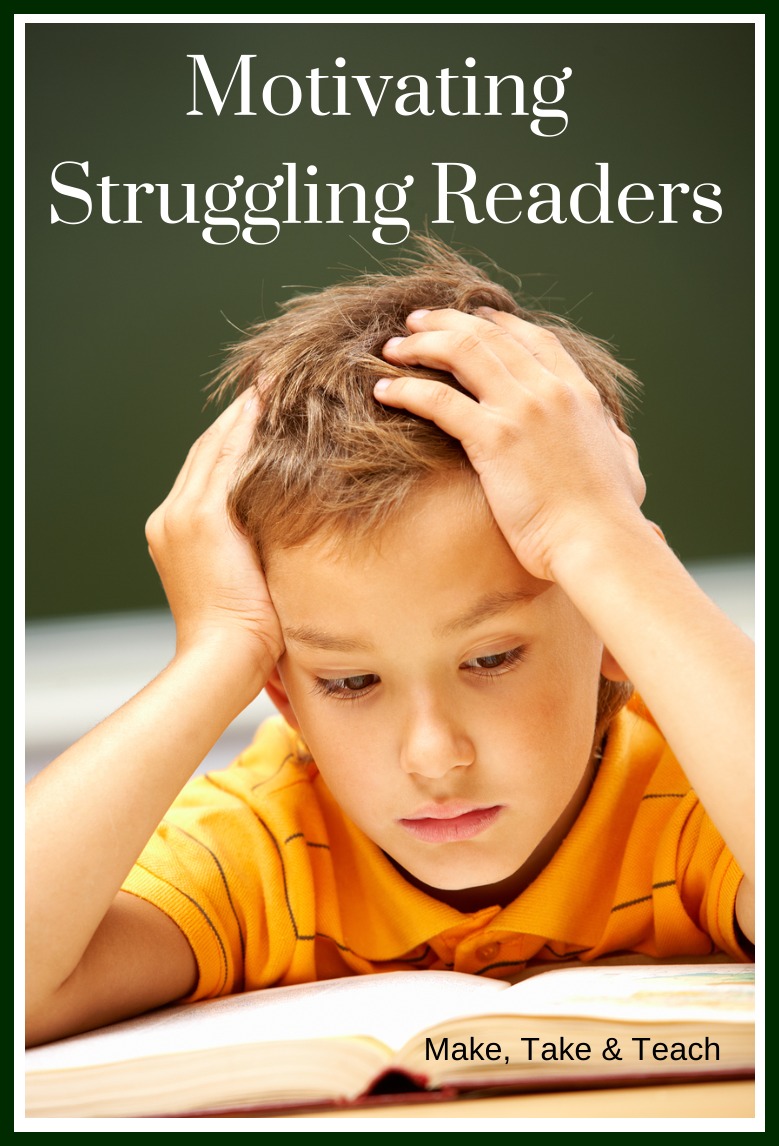
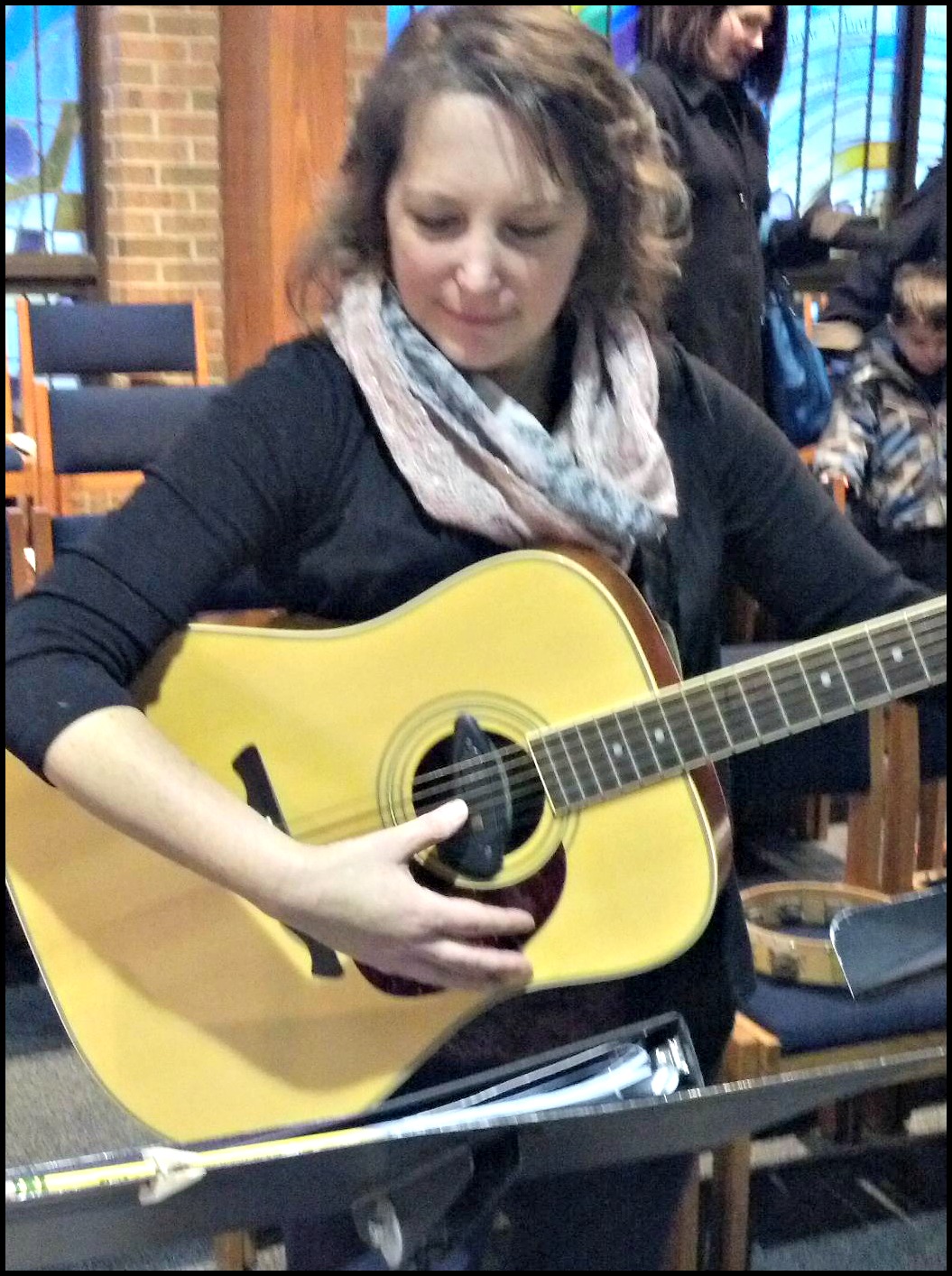
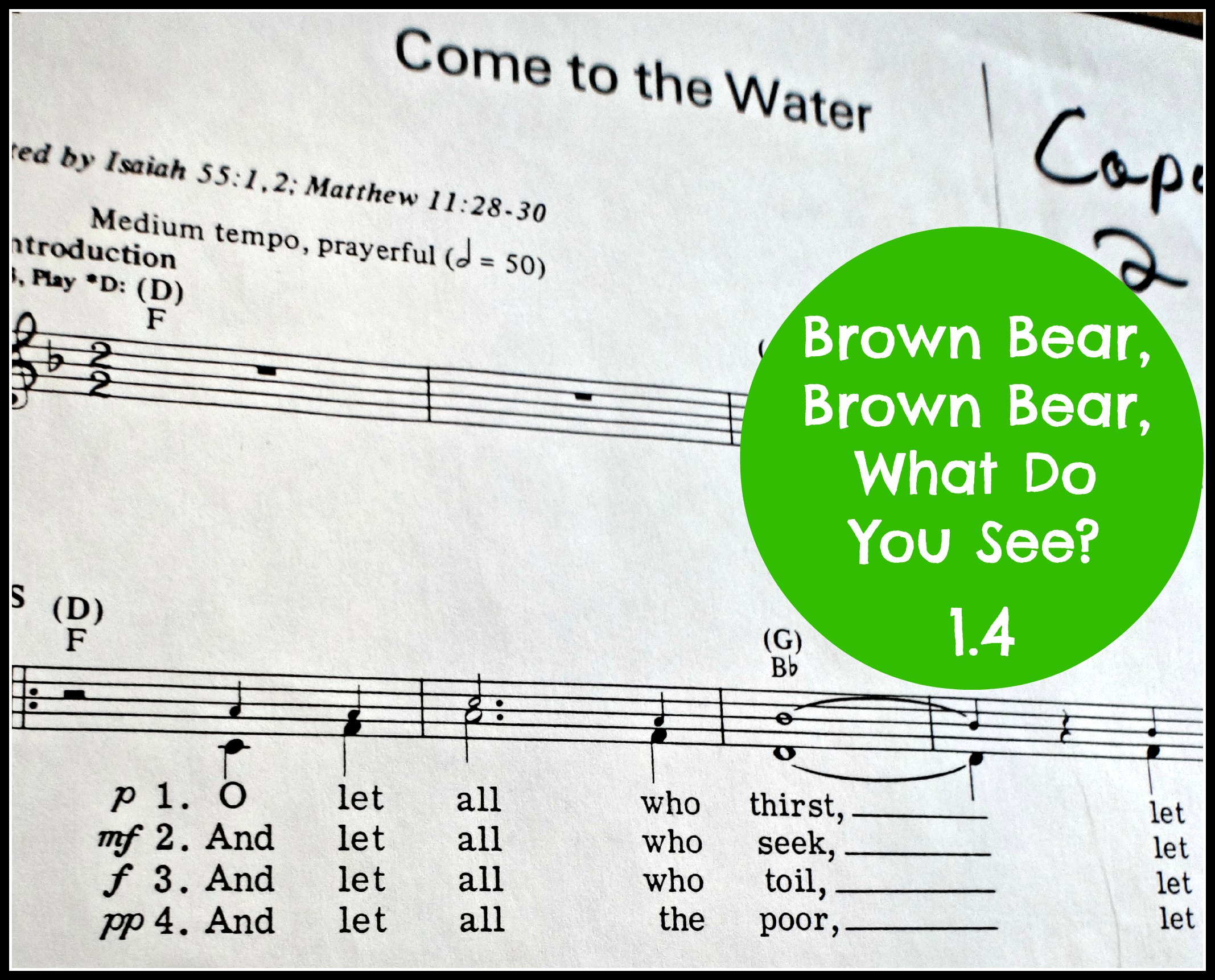
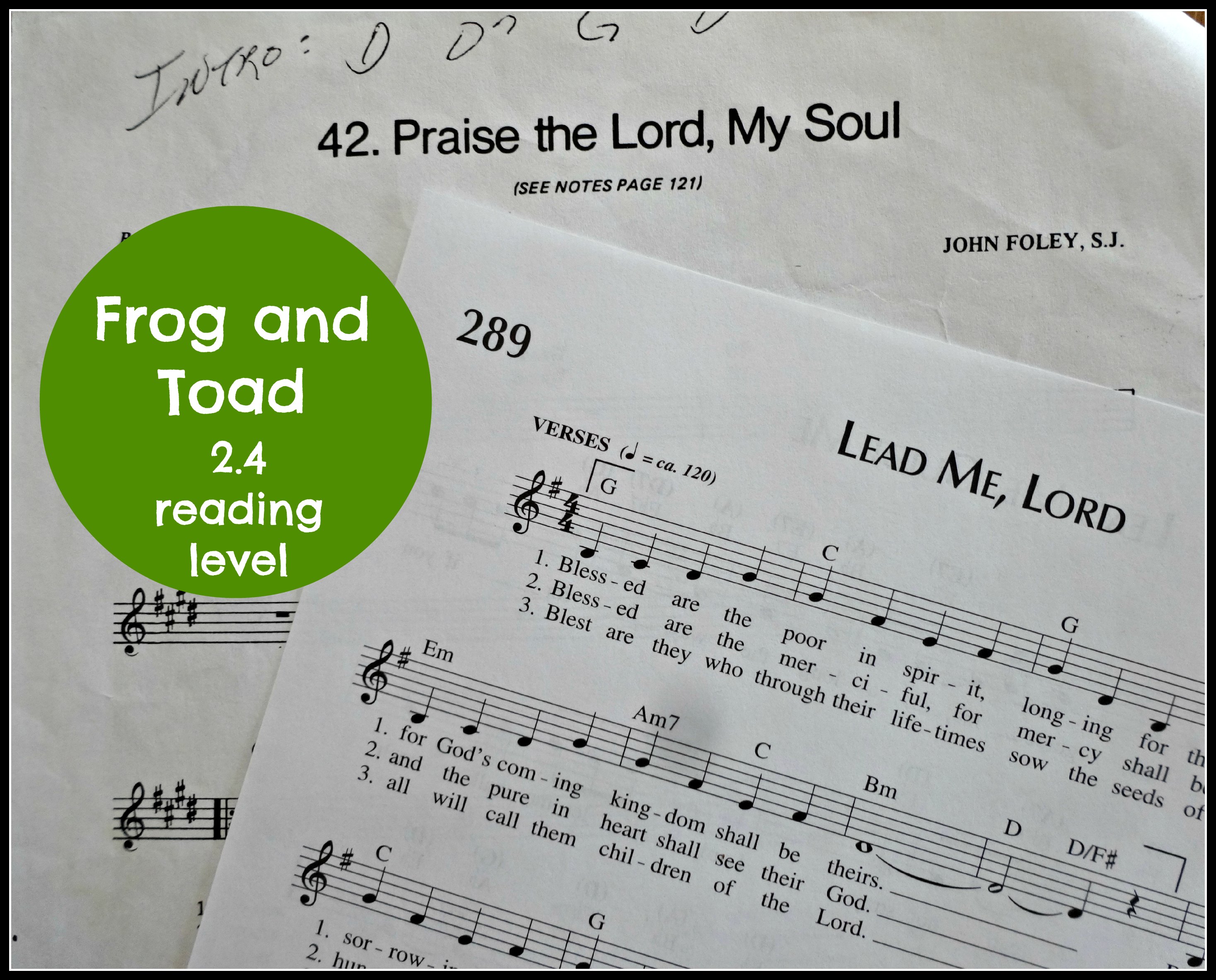
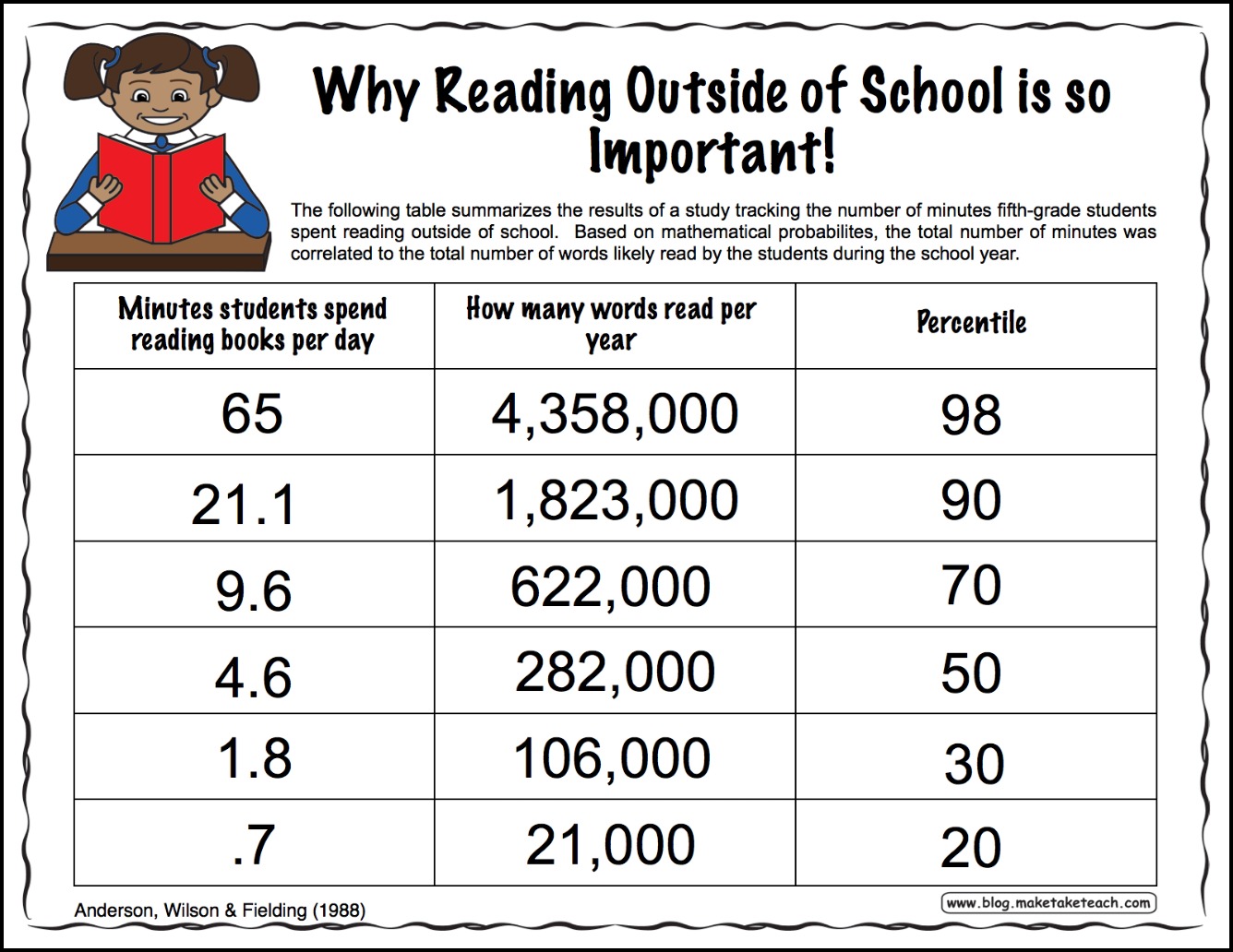
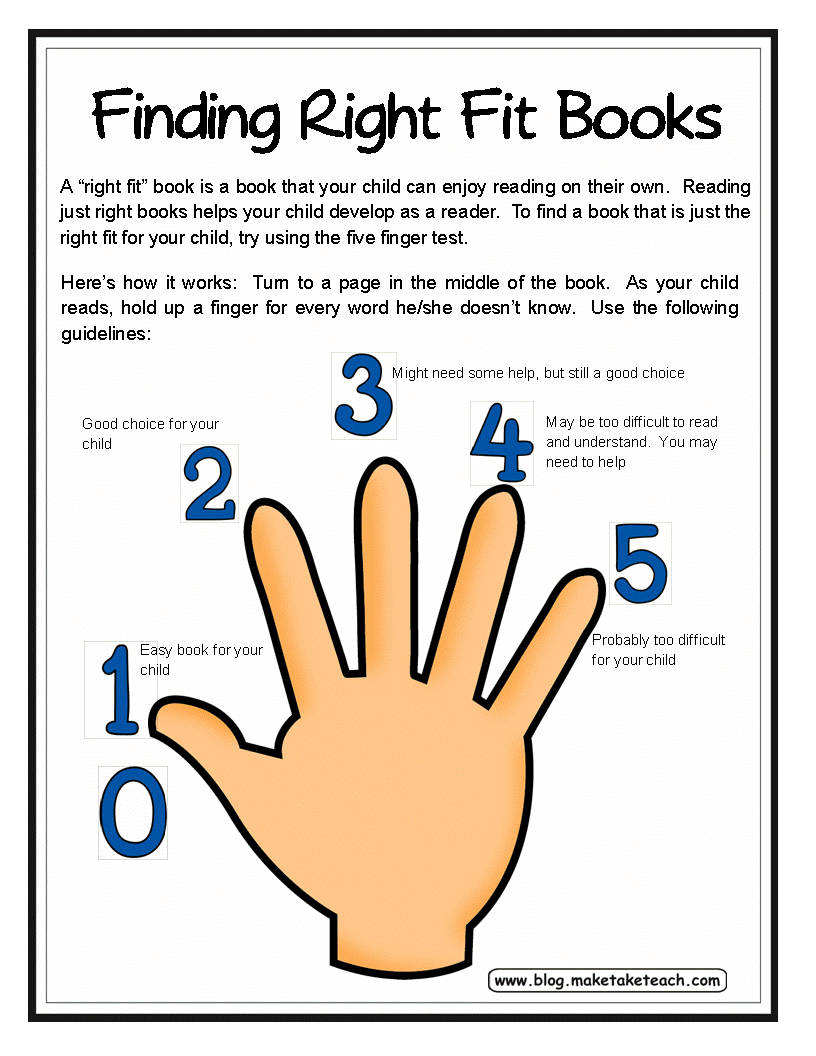
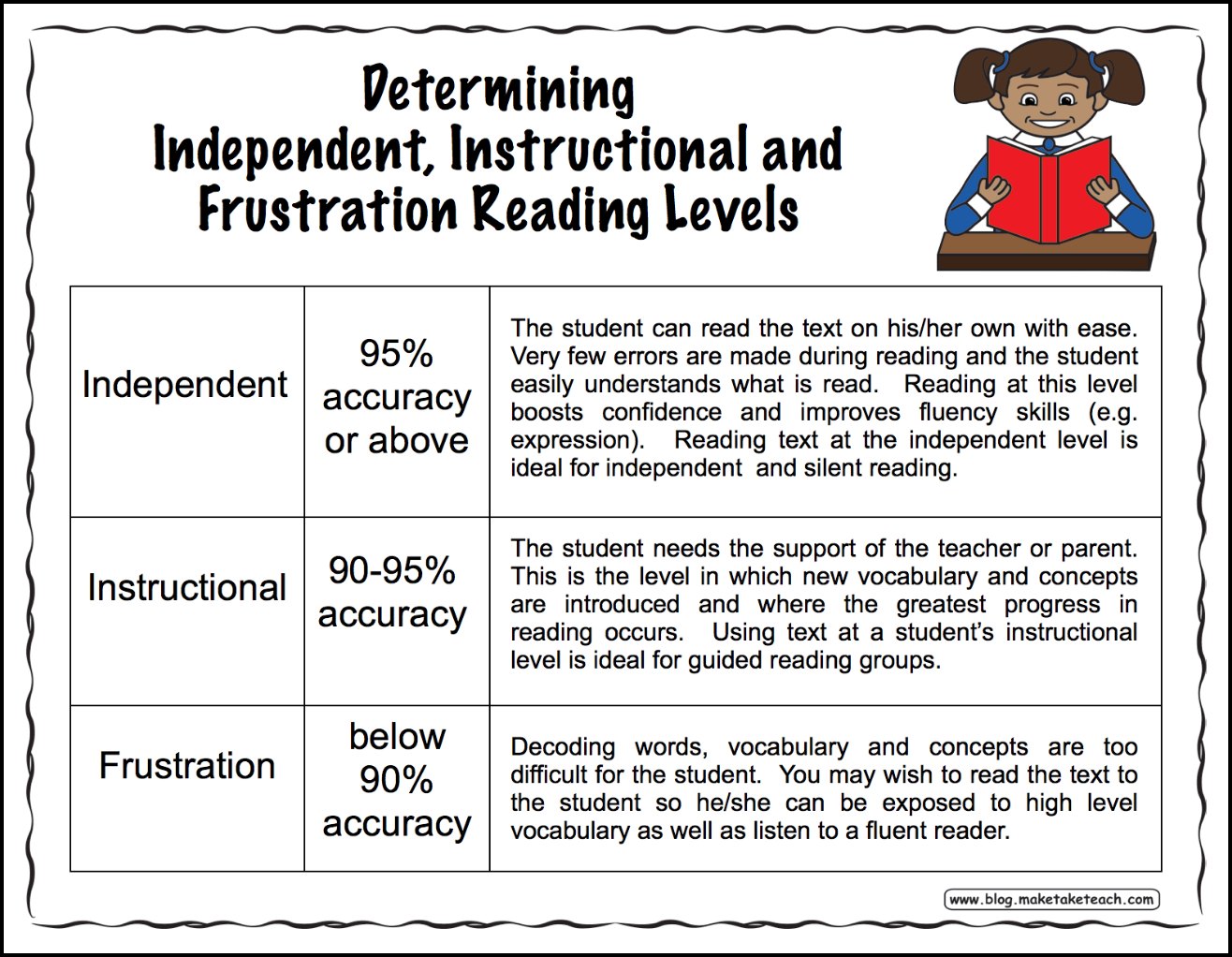
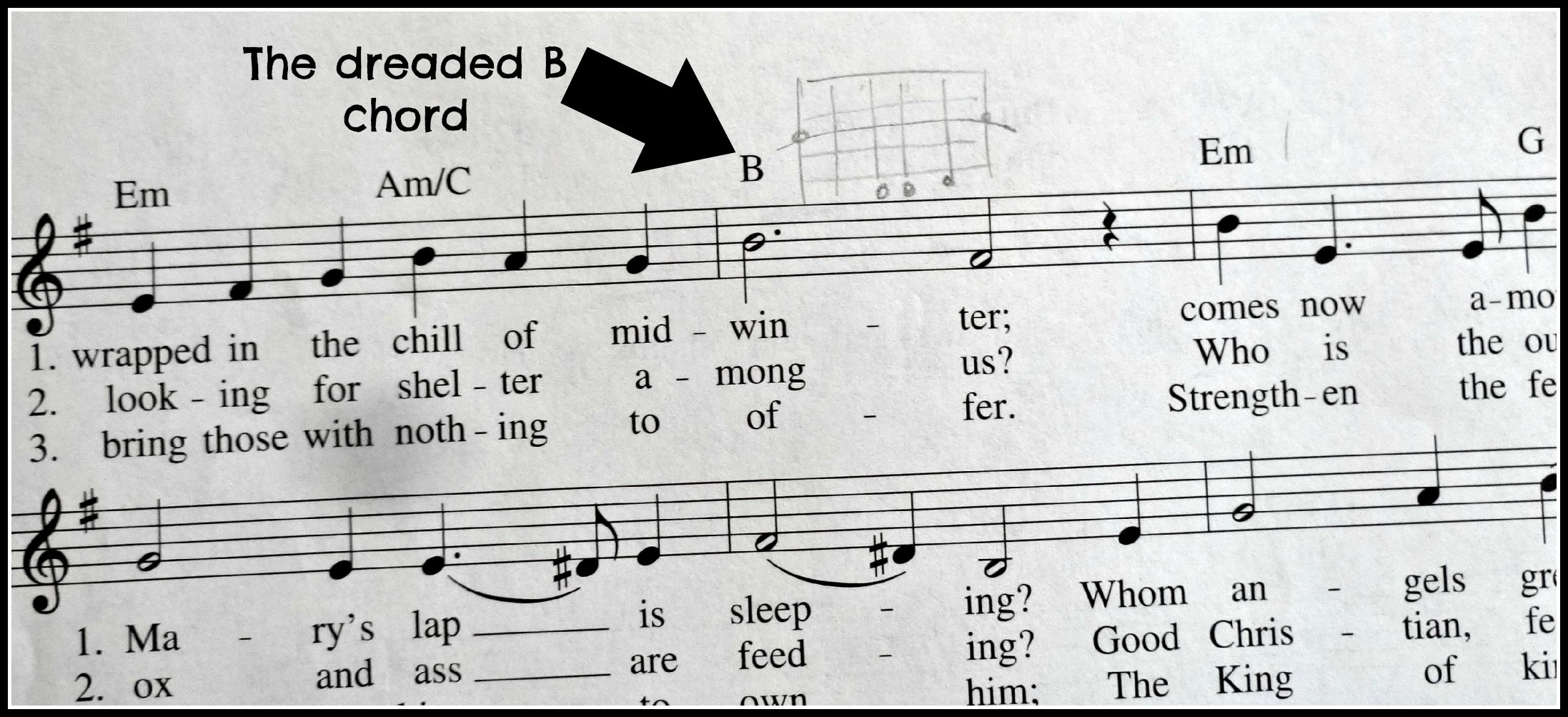
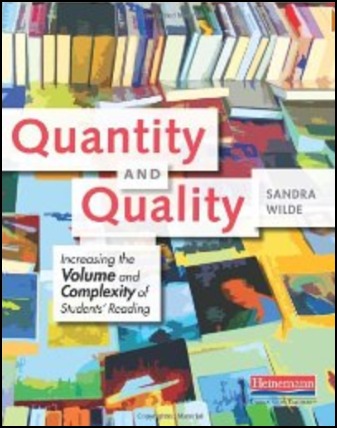

Leave a Reply